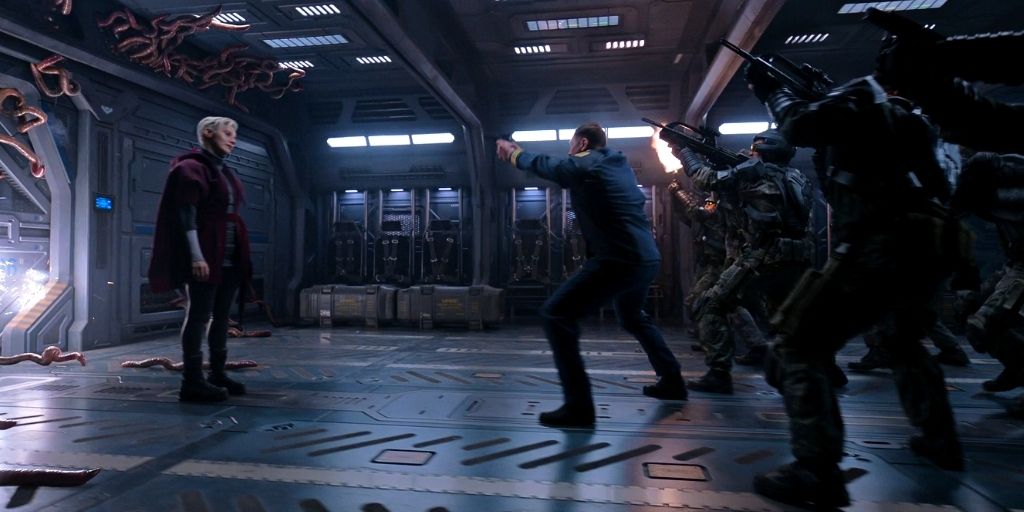The alien Covenant has already mentioned being able to “glass” worlds in Halo 2. “Glassing” is an extremely devastating occurrence that can occur in any world that the Covenant desires to eradicate. It is a cruel power used by the alien alliance that is trying to wipe out humanity.
As a result, the United Nations Space Command (UNSC) is very concerned about it as they work to save several human colony worlds from the Covenant’s deadly crusade.
The “glassing” of the Covenant, first shown on the colony world of Sanctuary, has been mentioned a few times and was first shown in the two-episode opening of Halo season 2.
Furthermore, given that the season progresses and it is revealed that they had already started invading Reach, one of the largest UNSC colony worlds that was finally glassed as depicted in the original timeline of the Halo games and novels, it is quite likely that the true power will be used in its entirety.
In light of this, let’s discuss what “glassing” in Halo actually entails and why it’s one of the most potent attacks available to the Covenant.
Explained
“Glassing” in the Halo series refers to the Covenant removing all of its forces off a planet to gain orbital supremacy with a substantial fleet. The Covenant then unleashes gigantic plasma cannons on the surface of the planet using an enormous amount of power.

Ships are being positioned all over the world to cause destruction, burning away all flora and vaporizing all water supplies. Similarly, unlike glass or obsidian, the planet’s surface gets hardened—hence the name.
When a planet is effectively glassed, it becomes nearly uninhabitable. But depending on how big the environment is, it can take days or even weeks to complete, and the first episode of Halo 2 suggests that Sanctuary was finished.
In any case, it seems reasonable that the UNSC would be worried about the destruction of their colony worlds using this ruthlessly successful Covenant plan to eradicate humankind from the stars. Planets like Madrigal and Estuary have already been lost, as was disclosed in the first scene of Halo season 2.
Completely glassed worlds are uninhabitable in the recognized Halo canon of video games and books. This is because nothing livable can be sustained, and the entire damaged area becomes toxic due to smaller pieces of “glass” floating in the oxygen.
Some colonies, like Meridian, a mining community hinted at in the first two episodes of Halo season 2, have endured despite only being partially glassed on some regions of the planet. Glassed planets may be habitable in theory if considerable efforts are made to re-terraform the planet.
However, given the catastrophic long-term implications, such strange weather patterns and the general toxicity of a glassed world’s surface, it does make more sense for any survivors to just try and relocate to a new planet. This is particularly valid when the Human-Covenant War is still raging.

During the Covenant’s holy war against humanity, one of their most potent weapons is the ability to blast and glass a planet’s surface with plasma. Therefore, they are unable to use something akin to the Death Star in Star Wars to immediately destroy whole worlds.
As Halo season 2 progresses, the Covenant becomes more determined to locate and utilize the Halo rings—since only they are capable of doing so.




